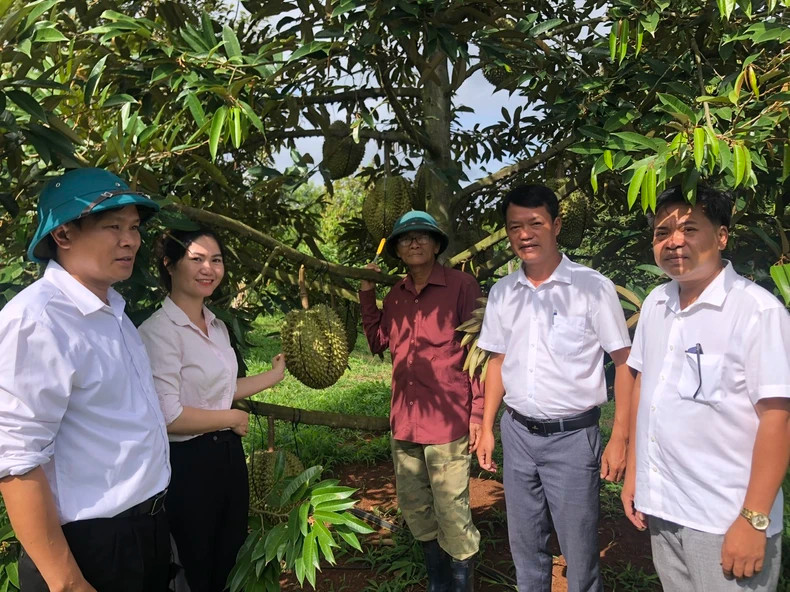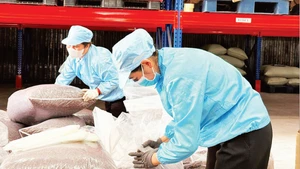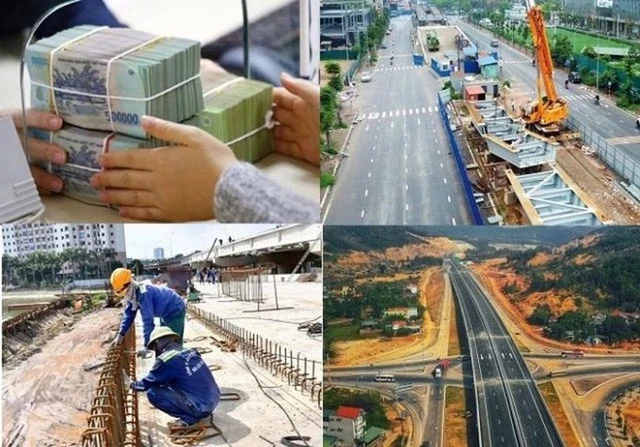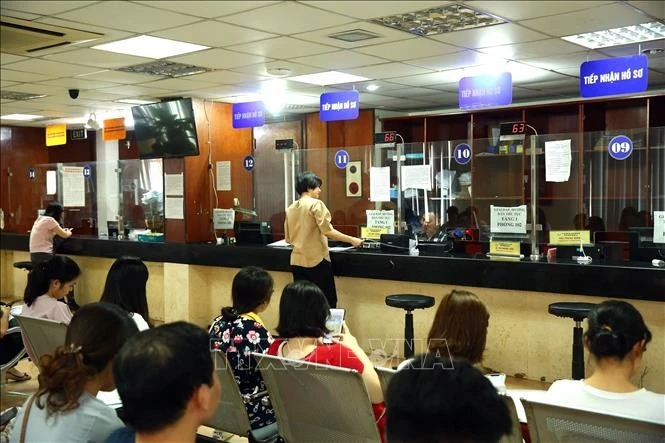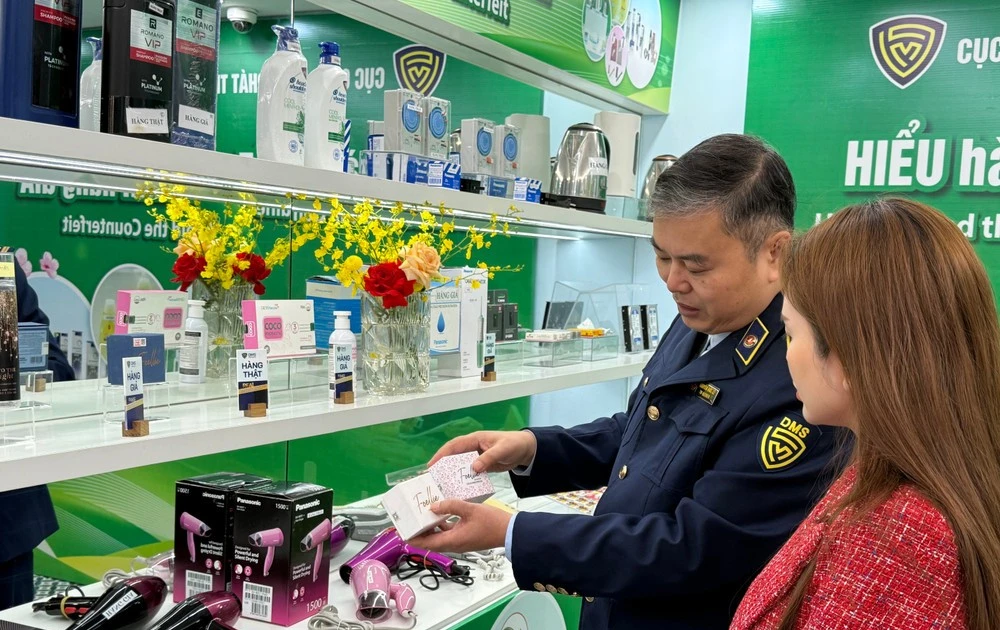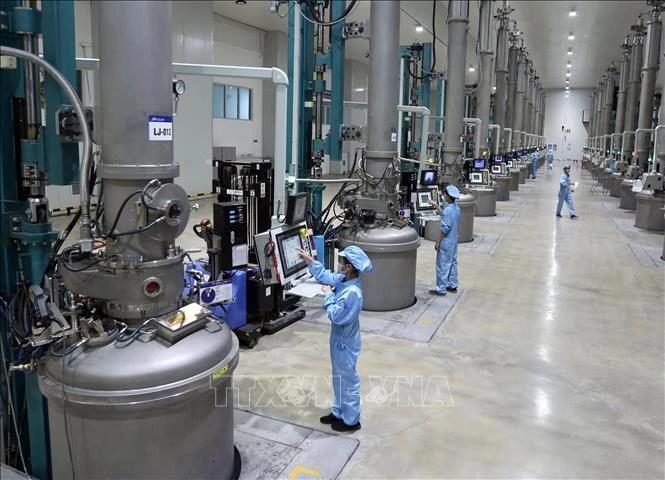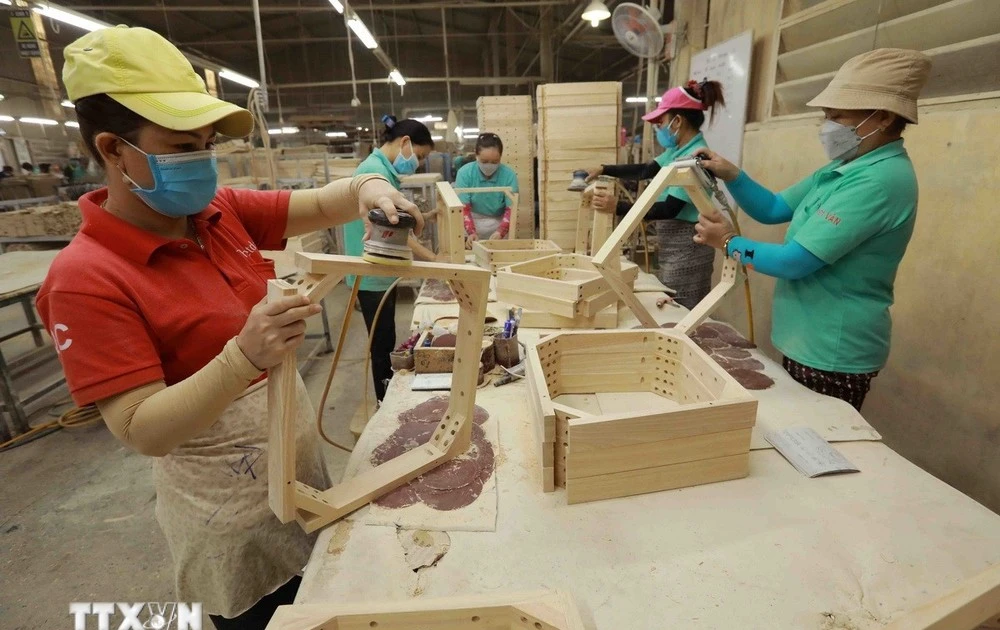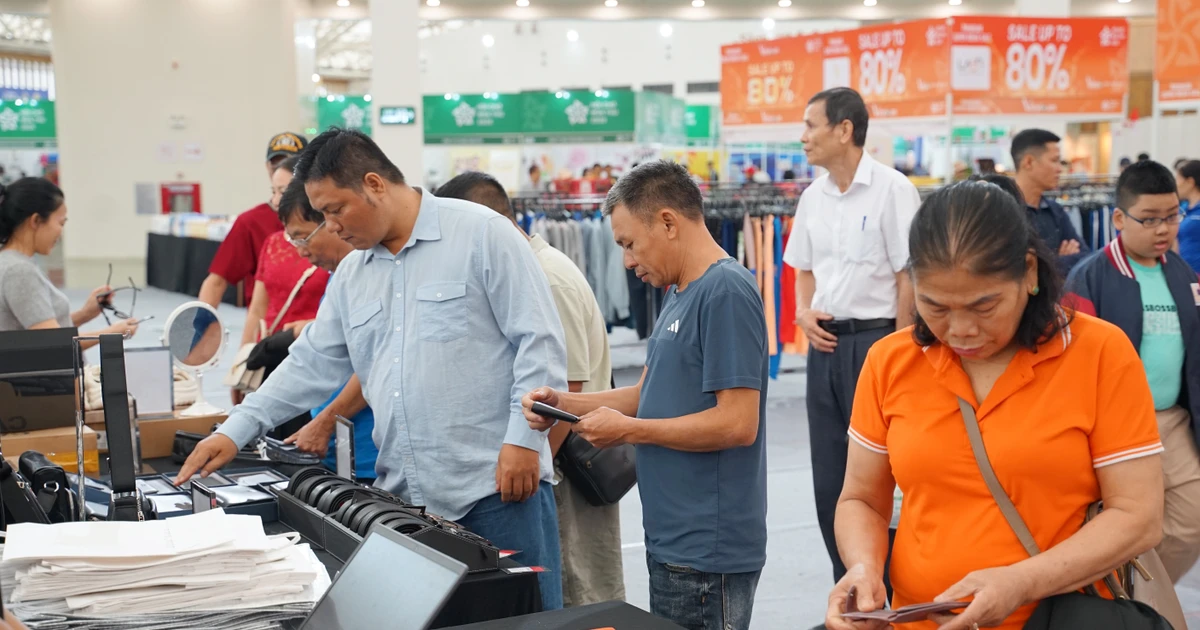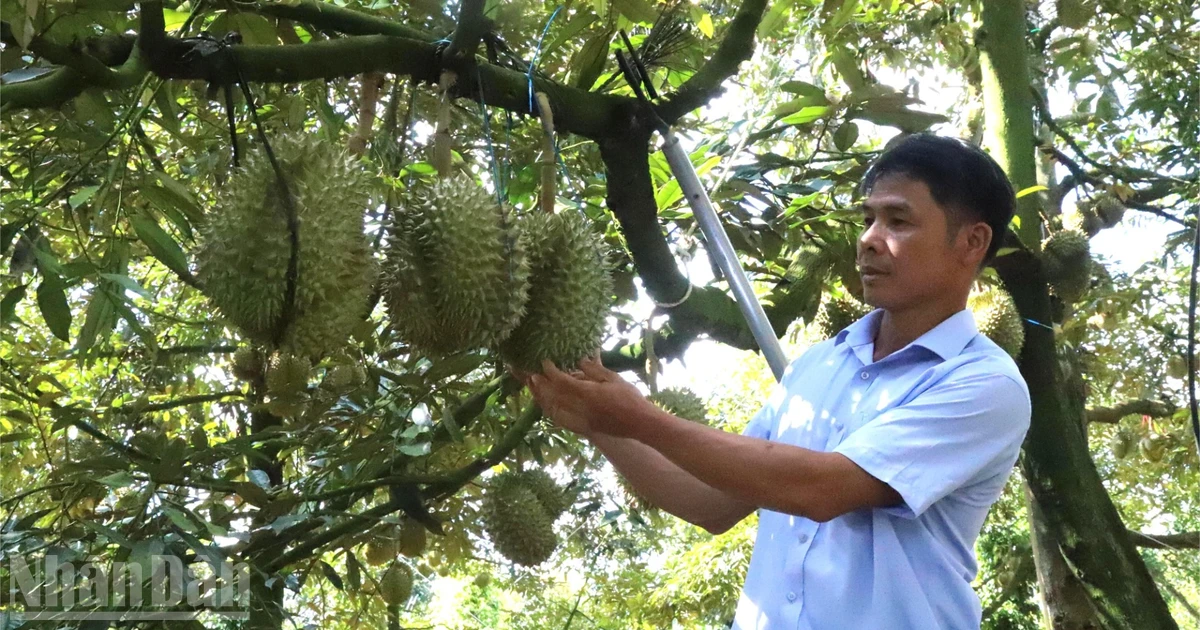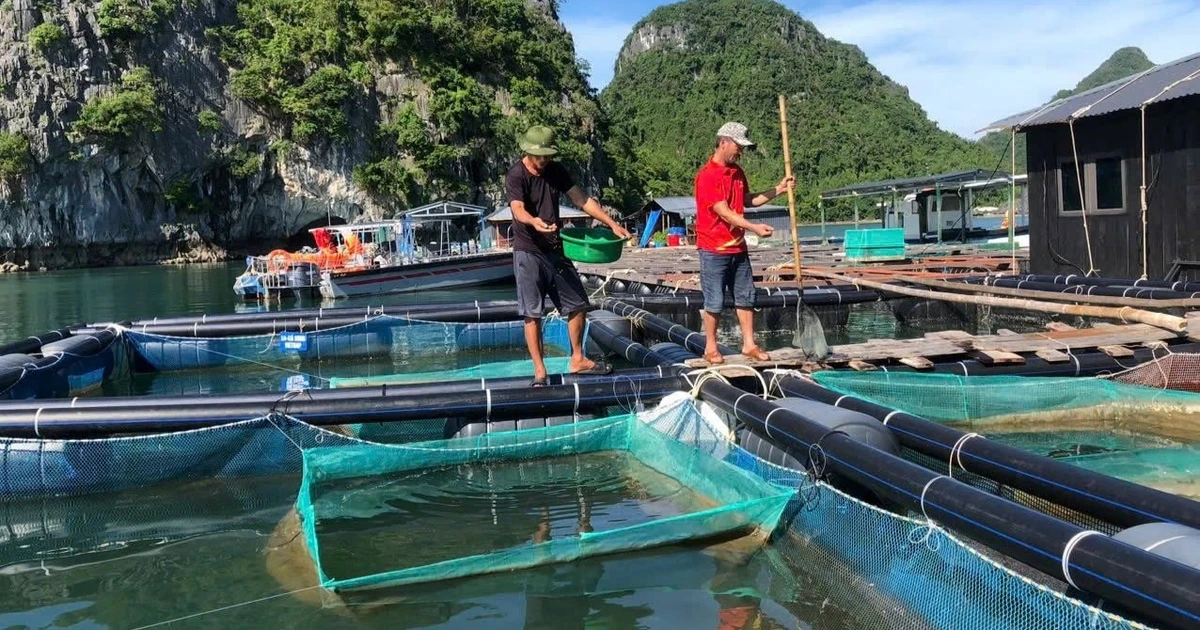These provinces have developed many large fruit production zones by focusing on specialty products well-suited to the local soil and climate and developing various solutions for product consumption.
Formation of specialised fruit growing areas
In 2021, Phu Yen Province issued a plan to develop fruit-growing regions linked to product processing and branding by 2030. After three years of implementation, there have been encouraging results. In Song Hinh District, Phu Yen Province, where farmers once grew only short-term industrial crops like pepper, cassava, and sugarcane, the local government has successfully encouraged a transition to high-value fruit tree cultivation. Today, Song Hinh has nearly 2,000 ha of specialised fruit tree cultivation, producing about 25,000 tonnes annually.
Dinh Ngoc Dan, Chairman of Song Hinh District People’s Committee, said that all 11 communes in the district have implemented models for growing high-value fruit trees suitable for the local climate. For example, in Ea Bar Commune, durian is cultivated with nearly 900 ha of premium varieties like Ri6, Mongthong, and Musaking. Despite challenges, the district has dedicated significant funding to support nearly 75 ha of fruit trees that meet VietGAP standards, alongside other programmes to help farmers apply scientific techniques for growing fruits such as citrus, longan, Thai jackfruit, guava, avocado, and mango.
Other areas in Phu Yen, like Phu Hoa District, have seen rapid growth in fruit cultivation. In 2018, Nguyen Minh Than, a farmer from Ngoc Son Village in Hoa Quang Bac Commune, shifted 1.5 ha of land from acacia to jackfruit. With jackfruit producing 30-40 fruits per tree, each weighing 5-20 kg and sold at 12,000-15,000 VND per kg, he now earns over 350 million VND annually.
Khanh Son, a mountainous district in Khanh Hoa Province, has seen an agricultural shift. The Ra Glai ethnic group, once practising shifting cultivation, has transitioned to settled farming, including rice cultivation and high-value fruit trees like durian and mangosteen.
In collaboration with the Southern Fruit Research Institute, Khanh Son started by planting over 1,000 high-quality durian trees, particularly the Mongthong variety, which thrives well in the district’s climate and soil. Durian here has become famous for its superior taste compared to other specialised regions in the country.
Vo Anh Tai, a farmer in Son Lam Commune, initially planted 230 durian trees. After a few years, his income improved significantly, and he has since expanded to over 500 trees. In 2024, his family harvested over 30 tonnes of durian, generating more than 2.1 billion VND in revenue at 70,000 VND per kg.
Secretary of the Party Committee of Son Lam Commune, Bui Van Vinh, stated that Son Lam is one of the communes with a large durian cultivation area in Khanh Son District. In the past, local people’s lives were quite difficult, and they mainly grew crops such as corn, cassava, bananas, pepper, and coffee due to limited production techniques. In recent years, the commune has focused on durian cultivation, which has led to high yields, stable prices, and significantly improved living standards.
Currently, the commune has more than 800 ha of durian, with over 400 ha already in harvest. In 2024, the total output reached over 4,500 tonnes, generating a revenue of more than 250 billion VND.
In Binh Dinh Province, the government has outlined plans to expand coconut cultivation by 2025, targeting 9,520 ha with a production of 116,400 tonnes. The focus is on growing coconut varieties for export, particularly for fresh water and high-quality products. Binh Dinh plans to apply high-tech farming methods to improve coconut yields while reducing environmental impacts. Expanding cultivation in regions with favourable conditions, like Phu Cat, Hoai An, and Phu My, the province aims to boost production and export potential, including to markets like China.
Supporting production with branding
Dr Nguyen Trong Tung, Director of Phu Yen’s Department of Agriculture and Rural Development, shared that developing fruit-growing regions in Phu Yen has transformed local governance, encouraging farmers to transition to high-value fruit cultivation in areas with suitable climate and soil. The programme has significantly improved household incomes, providing fresh and clean products for consumers.
However, challenges remain. Fruit cultivation areas are still small-scale and scattered, often in remote or difficult-to-access areas. Productivity and competitiveness are low, and there is insufficient coordination between farmers and businesses in production, processing, and sales chains. Most fruit products in the province still lack stable market outlets. To expand high-quality fruit-growing areas, the agricultural sector has proposed policies to support adopting good agricultural practices (GAP), which are expected to be implemented by the local government in December.
In Binh Dinh, the local government plans to develop organic and VietGAP-certified coconut farming to meet the quality standards required for export, particularly to China. By focusing on large-scale raw material zones and applying advanced technology, the province hopes to increase productivity and product quality while minimising environmental impact.
Binh Dinh Province is striving to become one of the leading regions in the country for coconut production and export. The project of exporting fresh coconuts to China not only brings economic benefits but also promotes sustainable development, improves the livelihoods of local people, and marks an important step in making Binh Dinh a bright spot in Vietnam’s agricultural and export industries.
